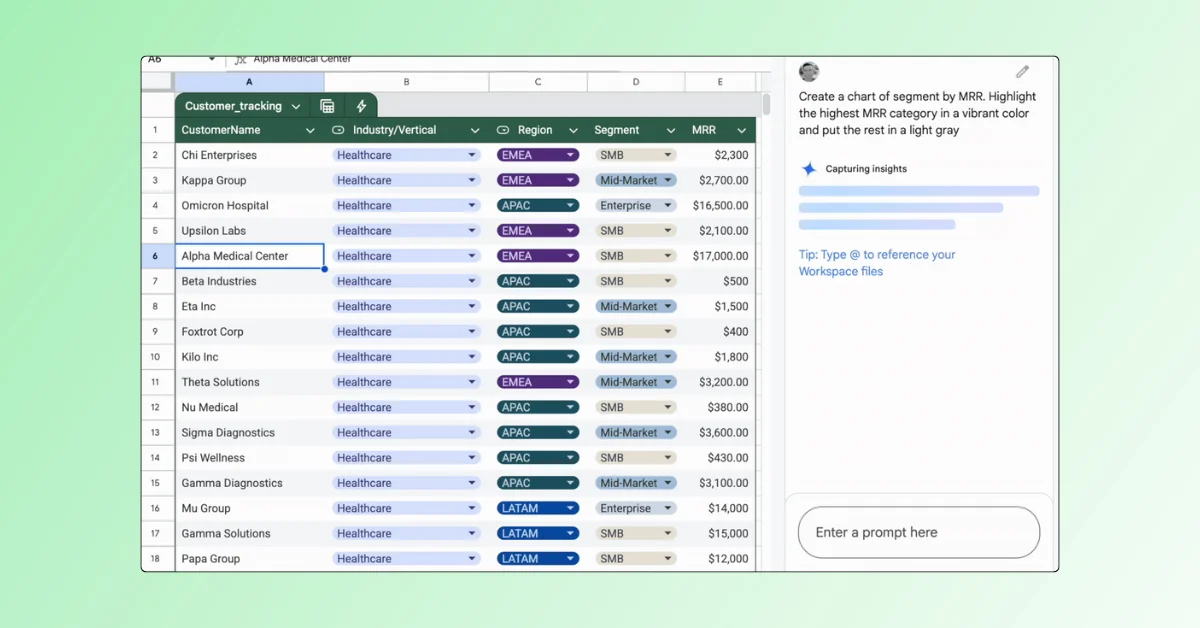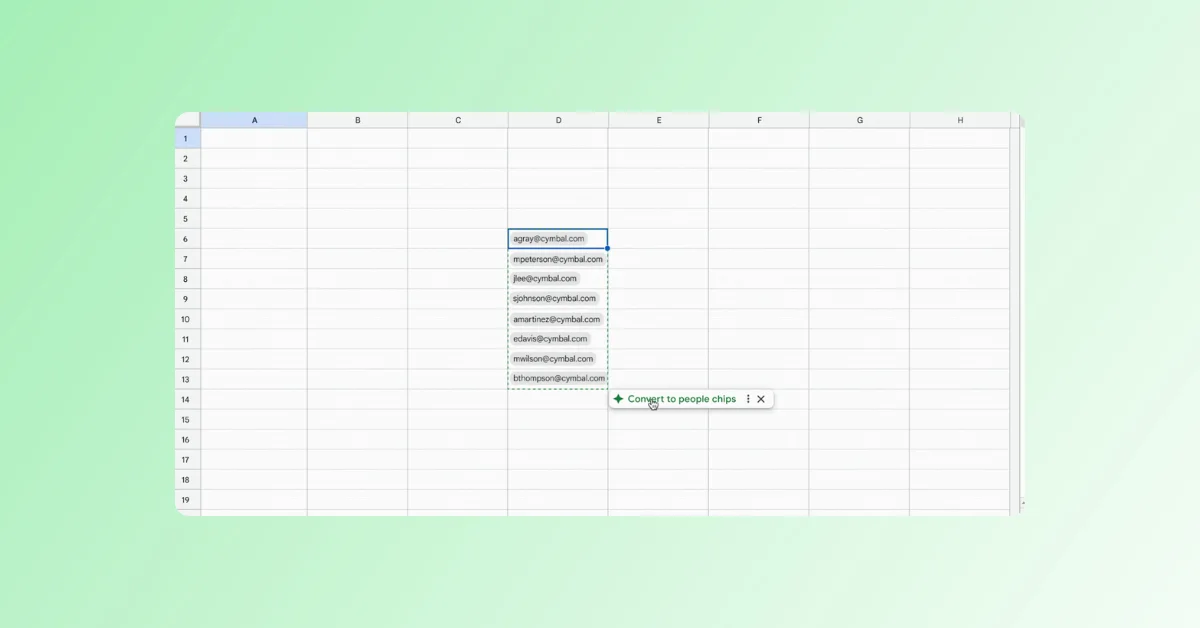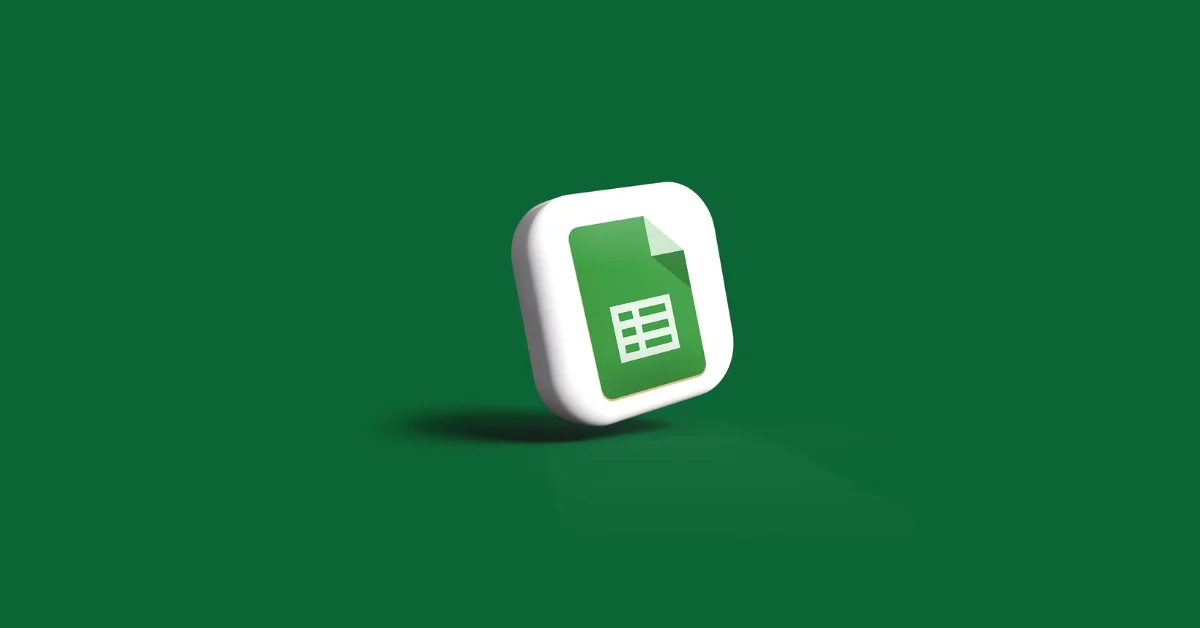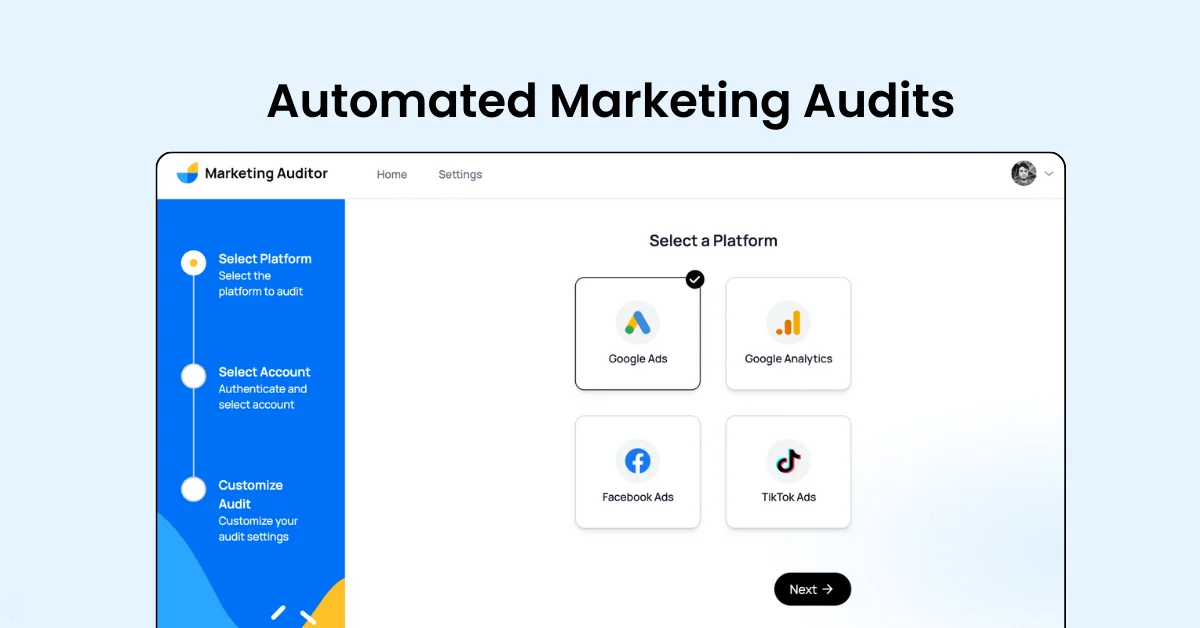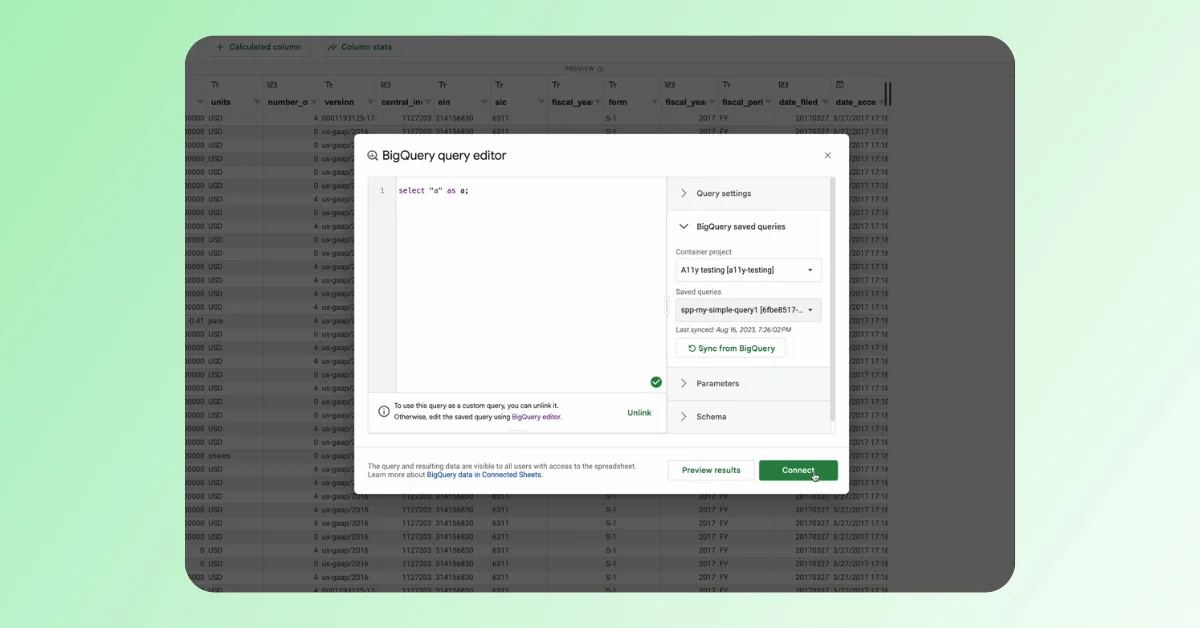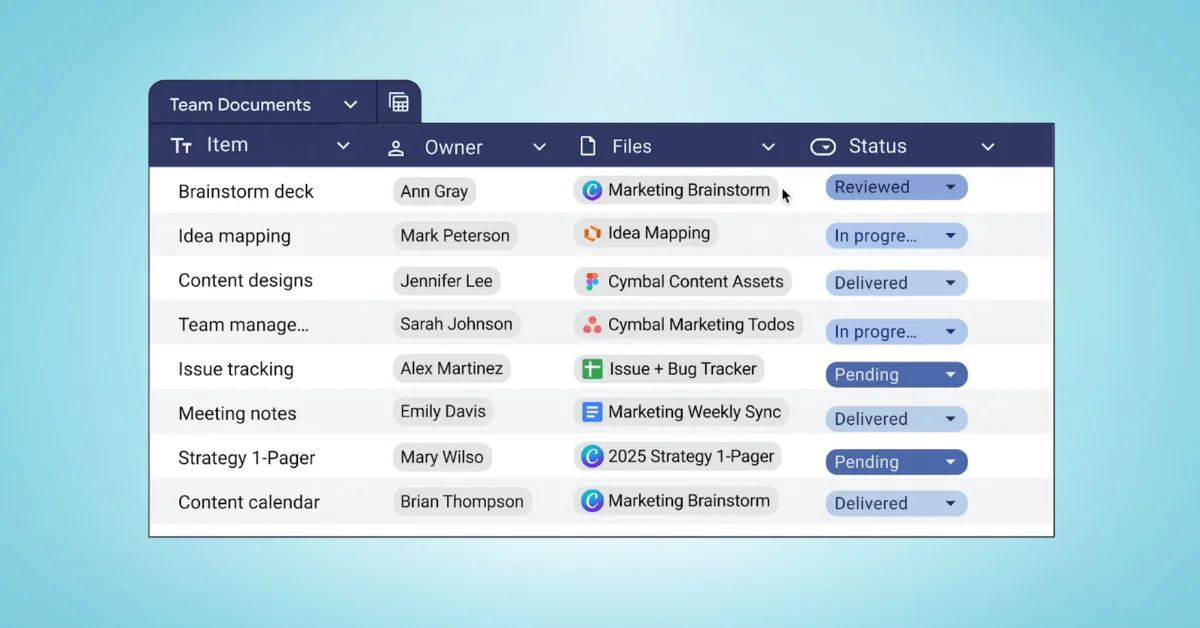Google Sheets has introduced a new feature called Conditional Notifications to enhance visibility into spreadsheet changes and improve team communication.
Conditional notifications allow users to set rules that trigger email alerts when specific criteria are met, such as changes in column values or specific cell ranges. These notifications detail what changes occurred and who made them. Users can also configure notifications for others by entering their email addresses.
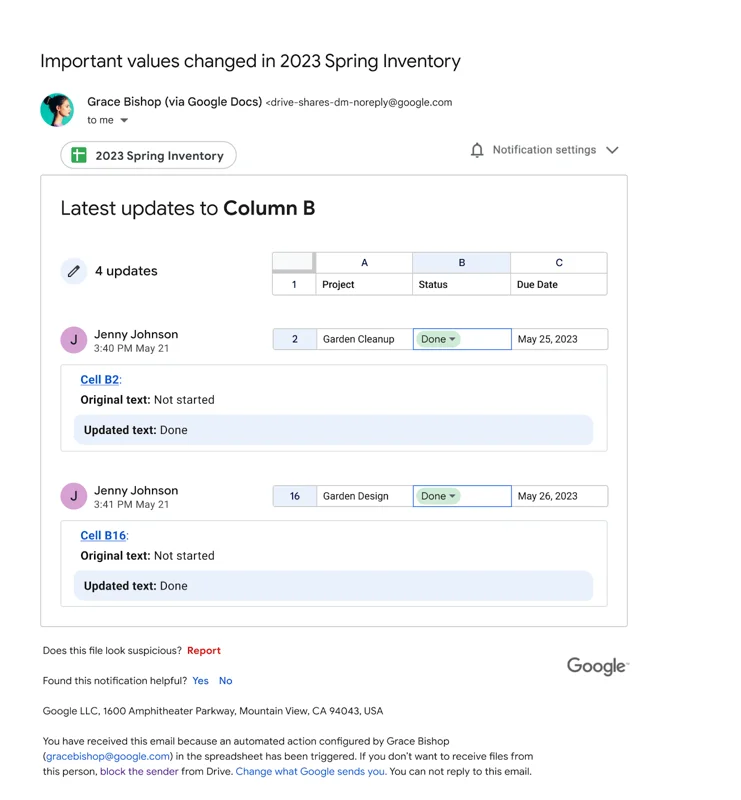
Who’s Impacted
End users who own or have edit access to a Google Sheet.
Why It Matters
Conditional notifications help keep stakeholders updated on changes within a spreadsheet. Users can set rules to notify them or others when:
- Tasks change status or owner in a project tracker.
- Items reach a certain stock level in an inventory tracker.
- Numbers drop below a certain value in a forecast analysis.
Getting Started
No admin control is required. End Users can set notifications by going to Tools > Conditional notifications > Add rule or by right-clicking on a cell and selecting Conditional notifications. Default rule names can be edited using a text editor. Detailed instructions are available in the Help Center.
Availability
Available for Google Workspace:
- Business Standard, Plus
- Enterprise Starter, Standard, Plus
- Education Plus
- Enterprise Essentials
How to set up Conditional Notifications:
- Open a spreadsheet in Google Sheets.
- Click
Tools > Conditional notifications > Add rule. - Optionally, name the rule using the text editor.
- Select a column or custom range under “In this column”.
- Optionally, add additional criteria.
- Add email addresses for notifications under “Then take the following action”.

Example:
For an event planning tracker, set a rule to notify assignees in column C when the status in column B changes. Recipients will receive a notification that may include:
- First row value of the trigger column plus adjacent cells.
- Cell value that changed plus adjacent cells.
- Name of the user who made the change.
- Previous and new values.
- Range that triggered the notifications and adjacent columns.

Trigger History:
- Trigger history is available for 30 days.
- Successful runs indicate the rule was triggered.
- Failed and partial runs indicate issues with the notification process.
- To view trigger history, go to
Tools > Conditional notifications > View trigger history.
Troubleshooting:
Notifications may not trigger as expected due to:
- Value format changes (e.g., decimal points).
- External data changes (e.g., data from Connected Sheets).
- Volatile functions (e.g., TODAY()).
Unsubscribe:
To unsubscribe from conditional notifications:
- Click
Change what Google sends youfrom the email footer. - Go to
Tools > Notification settings > Conditional notificationsand selectNone.
The release of Conditional Notifications comes a few weeks after Google Sheets introduced tables and pre-built tables, which can be used with this new feature. For more details, please read the full documentation here.


